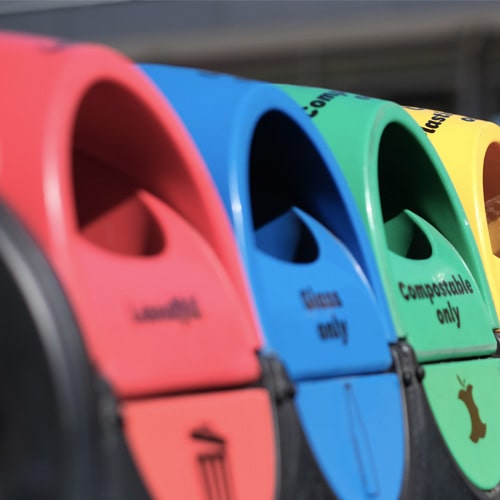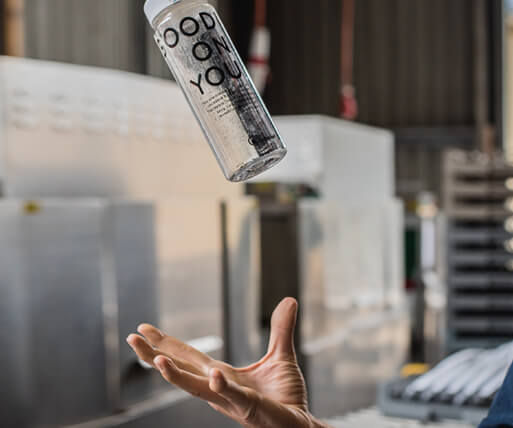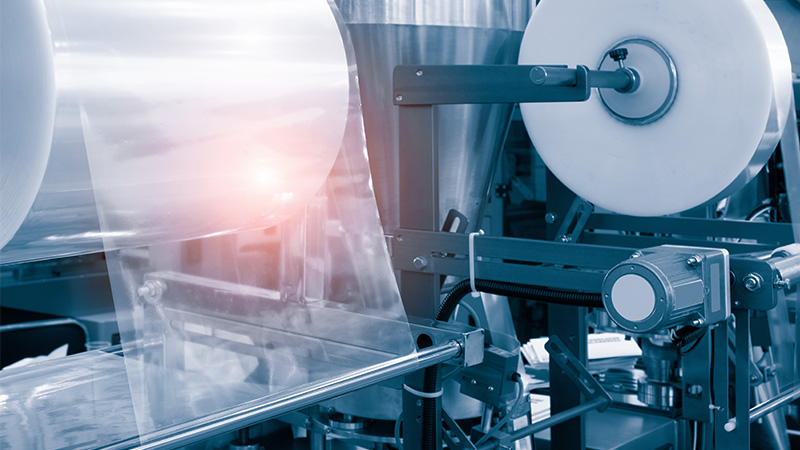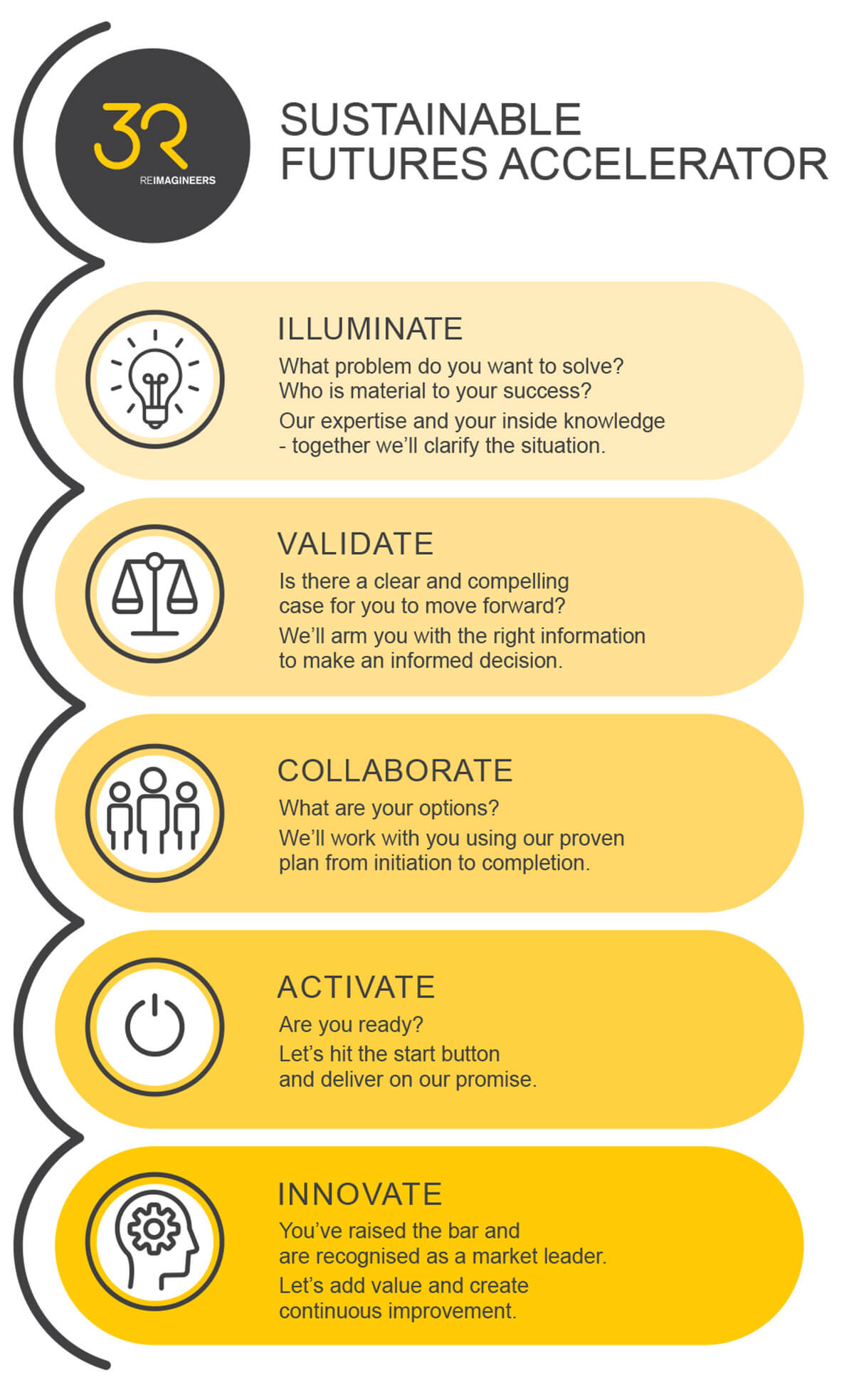Using single-use packaging in your business – read on
Published in NZ Manufacturer
Rightly or wrongly, single-use plastic packaging gets the lion’s share of attention in terms of sustainability and waste reduction.
While much of this is focused on consumer goods, it’s far from a problem faced exclusively by retailers. Single-use plastic packaging is so pervasive throughout supply chains that just about all industry members deal with it in some way or form.
As a result, they will all be affected by regulations aimed at reducing plastic waste, increasing recyclability and getting an industry-funded, regulated product stewardship scheme off the ground.
In July 2020 single-use plastic packaging was declared a priority product under the Waste Minimisation Act 2008. This means it’s one of the six product categories that must have regulated product stewardship schemes established.
Product stewardship sees scheme members contribute towards the collection of their products at the end of life so they can be reused, recycled or properly disposed of.
Why single-use plastic packaging?
This product category is by far the widest ranging of those declared priority products, covering thousands of products. Plastic also isn’t simply ‘plastic’ but is split into seven different types depending on its chemical makeup. That makes recycling it, or even establishing collection systems much more complicated.
Its negative environmental impacts when littered are well documented and are most frequently in the public eye.
Despite this, single-use plastic packaging has an important role to play in reducing waste by keeping food fresh and safe and preventing goods from being damaged. It’s low weight and durability means it can also offer a lower carbon footprint than other materials when it comes to transport.
In line with circular economy principles, the key is to ensure its use is minimised, that it’s used as effectively as possible and then recovered and recycled. Single-use plastic which ends up in landfill or the environment doesn’t meet these criteria.
Of the seven plastic types, four can be recycled in Aotearoa New Zealand to varying degrees – PET (type 1), HDPE (type 2), LDPE (type 4) and PP (type 5). There is a lack of onshore recycling infrastructure though, as well as confusion among consumers around how to properly recycle plastic. Plastic types can easily be confused and contaminated.
As a result, New Zealand has yet to develop a true circular economy for plastics which sees most of it recovered and recycled onshore. Work is afoot to change that though.
Product stewardship is coming
The Packaging Forum and New Zealand Food and Grocery Council are currently leading a project to co-design a Plastic Packaging Product Stewardship scheme. They propose the resulting regulated scheme will use an extended producer responsibility (EPR) model which sees producers pay the full cost of collection and recycling of the plastics they use in New Zealand.
In September 2022 the project received just under $1 million in funding from the Government’s Waste Minimisation Fund, with the Forum and Grocery Council contributing a further $360,000.
Stewardship isn’t a one size fits all concept and work is under way, alongside organisations across the plastic packaging supply chain, to design a system which will work best for the country. Currently, the scheme is set to encompass all plastic packaging (excluding beverage containers) including liquid paperboard and compostable plastic.
The two-year project is in its fourth of seven milestones and is due to conclude in July 2024 when a final report and recommendations are made.
Regulated product stewardship facilitates a circular economy by incentivising design which reduces waste and improves longevity and recyclability. It also invests in better infrastructure and advanced recycling technologies.
Critically, it greatly improves data – a fundamental element for properly managing any waste stream.
Project Lead Rob Langford, says while the details are still to be clarified, when implemented a scheme designed for New Zealand will change the way brand owners think about plastic use and drive improved circular packaging design.
Not just stewardship at play
Product stewardship isn’t the only approach being taken to reduce plastic waste and increase recycling in Aotearoa.
The Government has implemented a range of phase outs and bans for difficult to recycle and problematic plastics, as outlined in its 2021 National Plastics Action Plan. On 1 October 2022 a range of plastics were banned, including PVC food trays and containers, polystyrene takeaway food and drink packaging, oxo and photo-degradable plastics and others.
On 1 July this year plastic produce bags, straws, produce labels and crockery and cutlery will be banned. From mid-2025 all other PVC and polystyrene food and drink packaging will be phased out.
The end game and how it will affect you
Plastic packaging has easily received the most legislative action of any waste stream in New Zealand, which is in line with overseas trends. It’s far from a Government-led effort though, with the biggest piece of the puzzle, regulated stewardship, being driven by industry through The Packaging Forum and NZ Food and Grocery Council.
The goal is to reach a point where New Zealand only imports or produces plastic packaging which isn’t excessive and can be recycled, and there is a robust system in place to recover and recycle it onshore. A circular plastics economy.
Regulated stewardship involves all of industry, and with industry leading the way I encourage you to get involved and stay informed through the Plastic Packaging Product Stewardship project.







